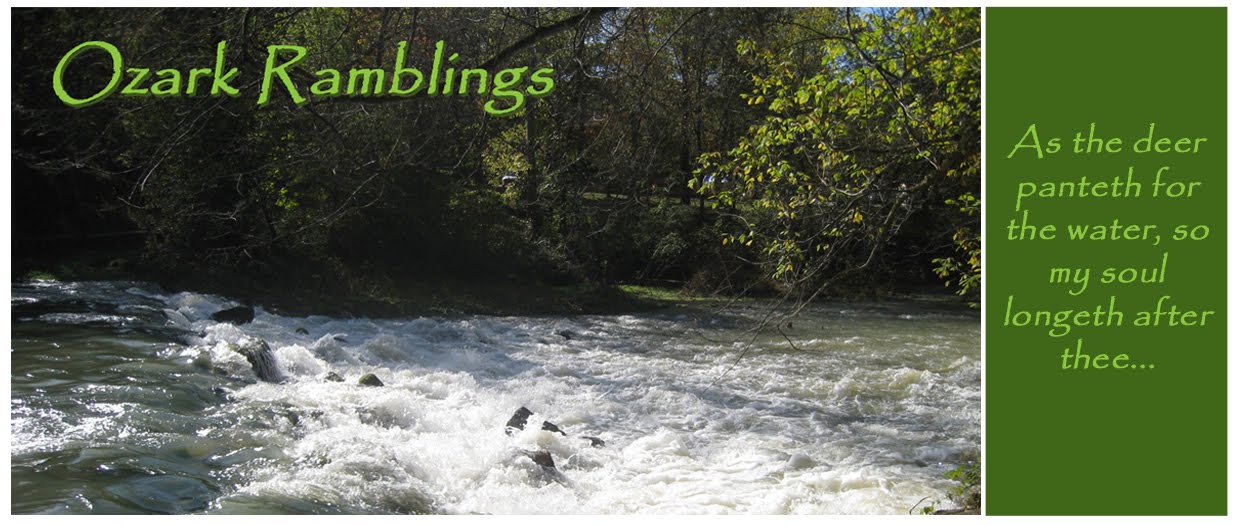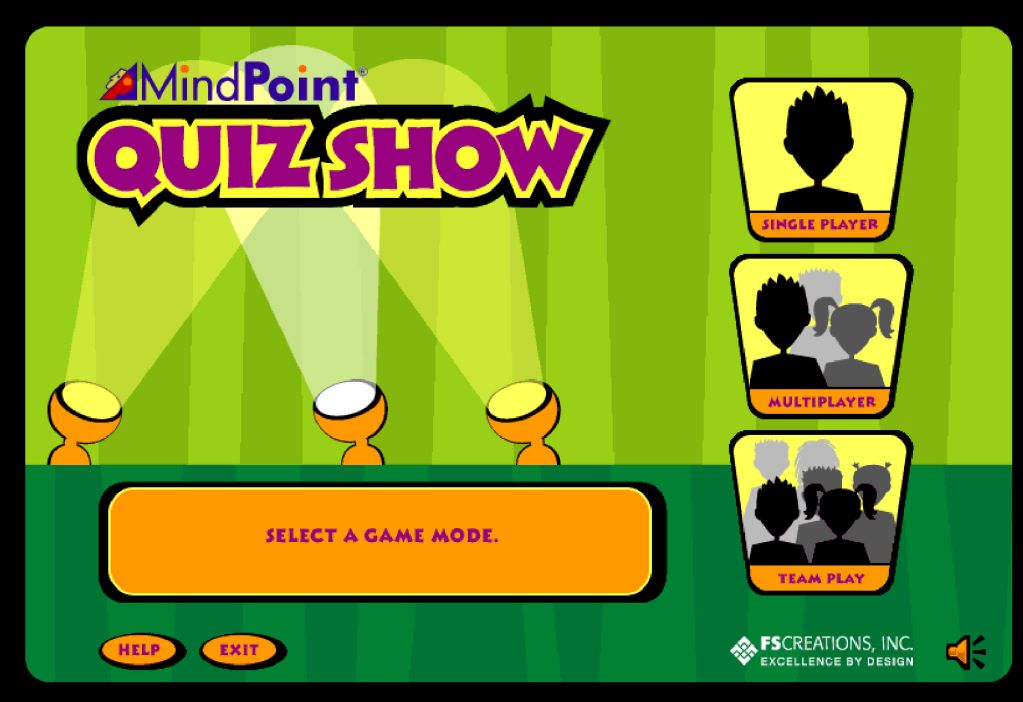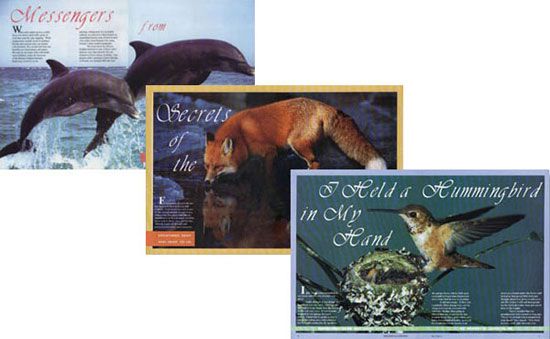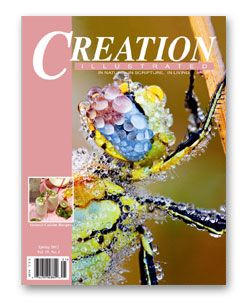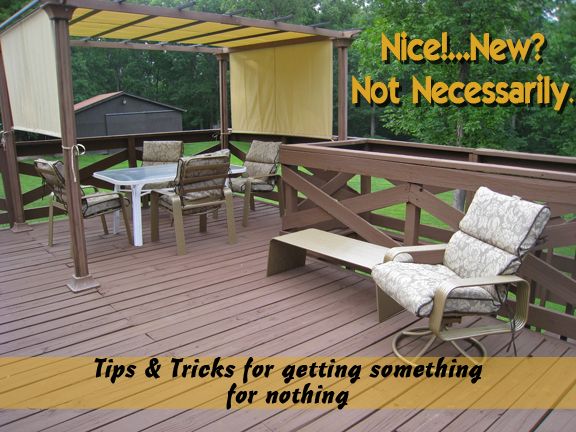When we first moved to Missouri I was looking for any opportunity for Schnickelfritz to meet and make new friends--there aren't many on our rural road and he wouldn't be going to school. He was only six years old and too young for Cub Scouts, and 4-H. One day, at the local community college's International Fest, I spotted a fellow homeschooler's son in a red shirt and vest with badges. He was on his way to a Pinewood Derby. The rest is history. Fritz is starting his fifth year of Royal Rangers. Last year he advanced from Ranger Kids to Discovery Rangers (earning his Gold Trail Award in the process). Next month he's off to Camporama, celebrating the 50th anniversary of Royal Rangers with 6000 other boys in southwest Missouri (it help's that we live in the same state as the National headquarters!)
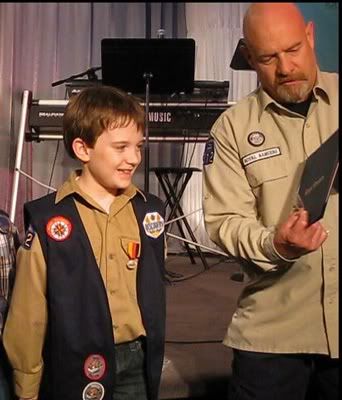 |
| Presentation of Gold Trail Award |
I've been pleased how many merits have worked into our homeschooling. Fritz made his own book of Presidential facts (history), learned sign language (foriegn language), and first aid (health). Next fall's science classes will include the requirements for Astronomy and Space Exploration.
For full disclosure, we are not members of the Assemblies of God church. There are some areas where we have to "agree to disagree" in the church's teaching (Baptism of the Holy Spirit for one), but so far this hasn't been an issue. When he needed to learn that doctrine we had the option of reading material from the handbook or reading the passage in Acts about the day of Pentecost.
Schnickelfritz has every intention of sticking with Royal Rangers until he's eighteen and earning his Gold Medal of Acheivement. I'm hoping that when he's old enough he'll join the offshoot organization--Frontiersman Camping Fellowship. In it, he'll develop advanced camping and leadership skills but also have the fun of re-enacting the age of the fur-trappers and mountain men. He's on his way having already earned his Compass, Tool Craft, First Aid and Ropecraft merits.
This post is part of Band and Me's ABC Challenge. You'll want to check out what the others chose as their "R" topic by clicking here.
